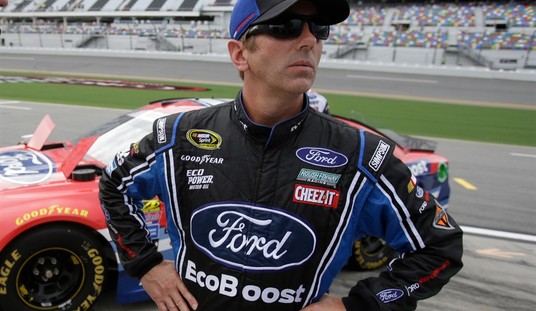We Americans seem to like absolutes. We keep our kids away from alcohol with zero tolerance (no glass of wine with a meal on that European field trip) then send them off to college and are surprised when they binge. While we’re on the topic of precocious youth, let’s add the way we deal with sex.
I’m reminded of this phenomenon when we address the topic of future vehicles. Most people seem to expect a single solution; the next step must be hybrids, or perhaps hydrogen. What about biodiesel? Or alcohol? And what about cars we plug in? Obviously, that gasoline burning power plant should be relegated to the scrapheap of history.
The truth is that there are a number of new technologies on the horizon that will help reduce emissions and dramatically lower our dependence on oil. Of course picking a single winner in the propulsion derby would be a lot like picking just the right vehicle for everyone to drive. And don’t be too surprised if you find some people populating the Beltway who feel empowered to do just that.
Let’s put political considerations aside for a moment and look at solutions that are pretty exciting. For people whose transportation needs can be solved with a small sedan or utility vehicle, we now have the technology to take energy directly from the sun and convert it to family mobility. And this isn’t the go-to-the-moon stuff where we need to gather every available rocket scientist to put a massive program together. Let me explain.
In San Francisco and many other communities, solar power generation is now available at costs that are lower than buying electricity from the local utility. That means a customer with a roof that can accommodate solar panels facing south can lease the installed equipment and sell energy back to the grid during peak demand periods. Then plug in the pure electric or extended range hybrid vehicle and use that natural energy to commute, run errands, or just enjoy driving guilt-free.
Now despite all the hype, we’re still a couple of years away from Chevy’s Volt (November 2010) or a plug-in Toyota Prius or Nissan’s or Mitsubishi’s new pure electrics. But the exciting thing is that new battery, motor, and control technology are no longer on drawing boards. I know because I’ve been in the laboratories, talked with the lead engineers, and driven a host of electric prototype vehicles.
Does this mean we’ll all suddenly have solar panels and electric cars? Hardly. Some people have requirements that an electric vehicle can’t handle. If you’re packing your family of four and their worldly belongings into a vehicle and attaching your trailer to the tow hitch, there’s nothing pure electric that I’m aware of that will do the trick. But a biodiesel power plant is an interesting renewable energy solution for heavy-duty requirements.
The other challenges for electrified driving are structural. In Northern California, Pacific Gas & Electric Company asserts that its current grid can handle the charging requirements of up to twenty percent of the vehicle population in the market they serve. But that’s not really the case when you do a bit of digging. There’s that problem of neighborhood power distribution that raises its ugly head when everyone gets home at six or so and plugs in. And there’s the city apartment dweller who’s the perfect candidate for an electric vehicle. Where does he or she plug in?
Hydrogen has another structural, and in my view, practical challenge. As a fuel, hydrogen can power an electric vehicle through fuel cells or it can be burned in a modified internal combustion engine. The good news is that the byproduct of this effort is water. On the other hand, we produce hydrogen fuel by either natural gas reforming or electrolyzing the water. And when it’s all done, there’s no delivery infrastructure. If you’re placing bets on a carrier of energy, don’t double down on this one as a mainstream player.
Biodiesel is intriguing. There are impressive geeks near where I live who fill their tanks at the local fast food restaurant for free and feel their French fry oil burner is smoke free. The effort includes keeping the fuel warm so it doesn’t turn to gelatin and modifications to their elderly mechanical diesel engines. If you’re reasonably handy, like able to build useful stuff from random spare parts, it’s an interesting way to go. Otherwise, don’t try this at home.
Biofuels can become part of clean diesel engine technology. The newest engines available from such companies as Volkswagon and Mercedes-Benz are as clean as the best gas engines and much more efficient. And most can run on up to ten percent refined biofuel. The best thing government can do to help this technology is to get the hell out of the way with its ever-changing standards that stifle innovation and keep fuel prices high.
These are challenges that are best solved with a combination of government and private industry. Politicians have become fond of talking about spending on infrastructure and how to pay for it. So here’s an idea. How about a coherent energy policy where we add a reasonable tax to gasoline, thereby encouraging fuel sipping and then use every cent of that revenue to address these structural needs?









Join the conversation as a VIP Member